An interview with Mia Jafari

Just two years after the launch of her amazing Ladybirds Love Strawberry Cosmos line of digital printed silk scarves, a talented artist Mia Jafari marks her debut in the ready-to-wear landscape with her Waterlilies SS12 collection.
Iranian-born print designer Jafari is known for her own amazing use of the “digi-broidery”, an innovative technique where Iranian embroidery meets cutting edge digital print to create distinctive patterns, rich in cultural reference and craftsmanship.
Here’s what she told us in an exclusive interview for The Upcoming.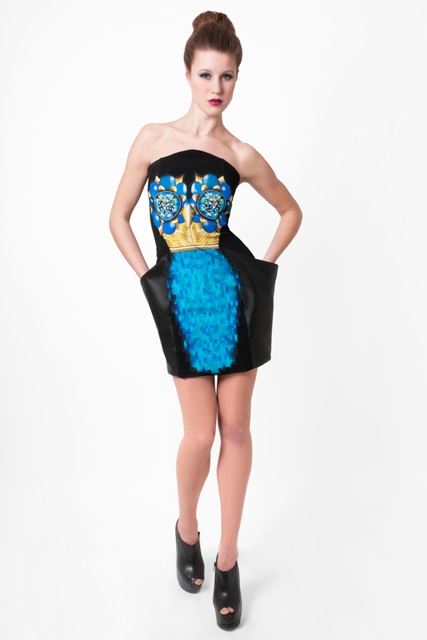
After the great success of your previous collections of scarves, the SS12 has seen you jump into the ready-to-wear with the Waterlilies collection. Starting from the name, what can you tell us about the history of this collection?
Waterlilies derives its name from Claude Monet’s waterlily paintings that inspired the collection. The collection of ballooned silk georgette blouses, pleated skirts and vintage-inspired dresses combines my actual hand paintings with digital manipulation and embroidery to create a hybrid between the hand and digital. The collection oozes my playful aesthetic as seen in my scarf collection, whilst evoking a more mature and sophisticated elegance.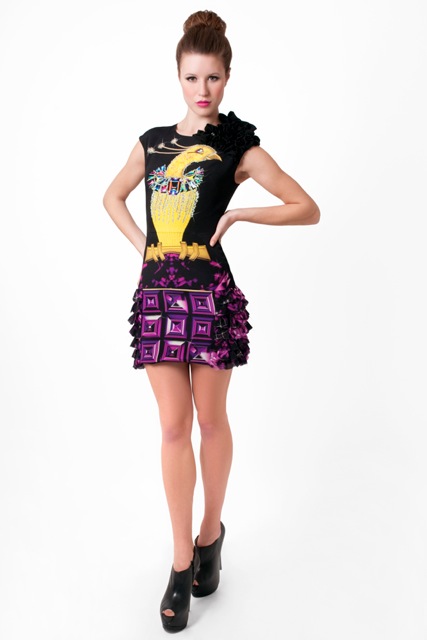
What has inspired you? What fabrics are you fascinated by?
I am constantly inspired by my Iranian heritage and living and dreaming designing goods in London. There is a tremendous crossover between Bond Street iconography and traditional Persian carpet designs. My mood boards transcend into my designs, for example, in Summer Breeze Cartier-esque broaches cascade around a cocktail glass and in my Nightwatch owl cardigan, an owl inspired by a piece of vintage Cartier jewellery takes night watch over an enchanted forest. I love exquisite fabrics; I only use the finest silks and in my knitwear I use the softest cotton, which has been hand-picked in the mountains of Peru to retain its delicacy. I have just come back from a yarn fair in Florence where I saw the softest wool/cashmere mix yarns that I think will make an appearance in my AW13 collection!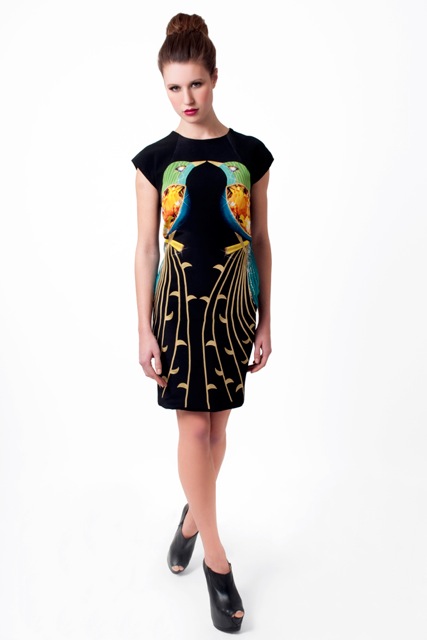
Your collection is an explosion of tropical colours. Would you say travel was an important factor in the inspiration of this collection?
I think what makes my work unique is that there is a fertilisation between my training as a textiles designer at Central Saint Martins and later in visual arts at Goldsmiths College. I have always been inspired by wonderlust, imagining and dreaming landscapes filled with exquisite animals, colours and foods. I used to explore this fascination through photography and now I do this through printed textiles.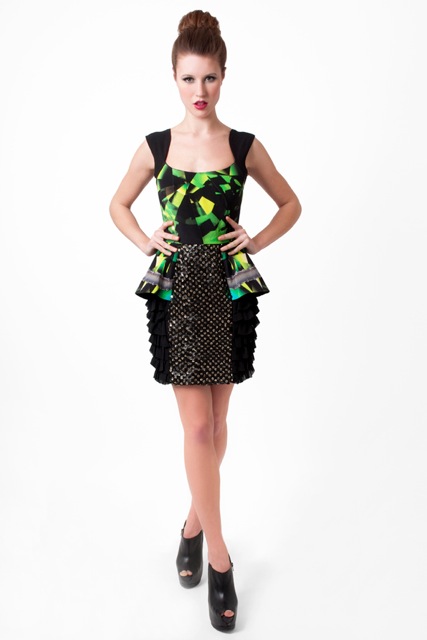
Your cocktail dresses are simply fabulous. Which female icons have inspired you? And/or for which woman was this collection designed for?
The AW collection is inspired by 1950s Cartier birds of paradise brooches – hence the title of the collection Oisea de Paradis. I imagined the glamorous women that encapsulated that era wearing the pieces: Sophia Loren, Elizabeth Taylor and Brigitte Bardot, and rework them into our milieu in my own aesthetic.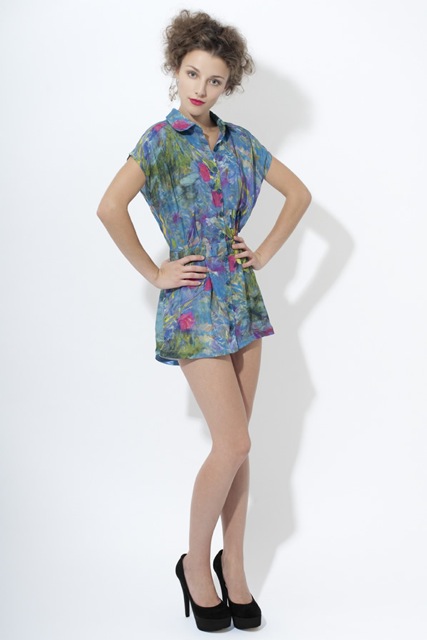
What prompted you to seek a new way of expression and to transfer your “digi-broidery” print skills from accessories to an entire collection?
I love scarves, but I wanted to see how my designs could be engineered around the female form. The magic of “digi-broidery” is that it allows fabrics to be worn and handled effortlessly, whilst retaining the intricacy of hand embellishment and I wanted to take these to full garments.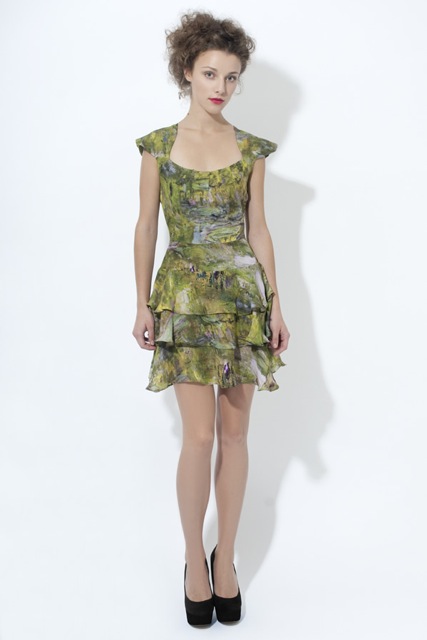
Do you believe that fashion has its own function to continuously update our traditions?
I think fashion does update our traditions and my work merely narrates this, for example, in Iran, embroidered tapestries and Persian carpets are part of the region’s rich culture, but the imagery does not match my modern sensibilities of a London girl. So I updated the traditional motifs with Miu Miu, cocktails and Gaultier perfume bottles to narrate the complex and often contradictory traditions and desires of individuals with hybrid identities.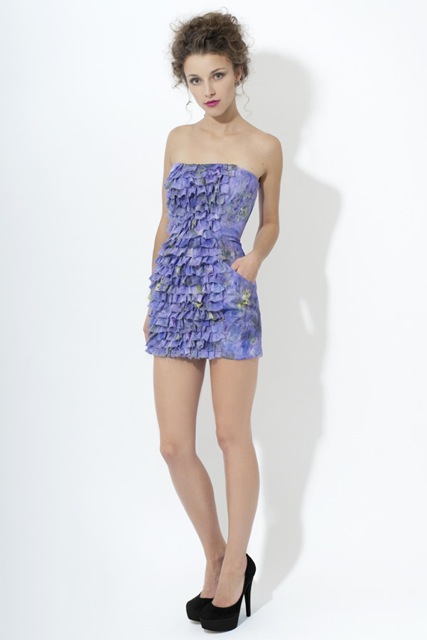
What is the piece from the collection you are most connected to emotionally and why?
Each piece is special to me for different reasons, but I am particularly drawn to the Berrypolitan scarf: the colours, imagery and motifs exemplify my aesthetic perfectly.
Talking about the future, what projects are you working on?
I am working with a British women’s charity in Iran called Omid-e-mehr, to teach their Afghani students embroidery and hand embellishment in the hope that one day they can do all my embroidery and gain a good wage from this.
When did you realise that you wanted to do this as a career? Is there a childhood memory which could have spurred on your design inspiration?
Ever since I can remember, I wanted to be a designer; I started by making my little sister clothes when I was 13 years old. She was only 2/3 years old, so I could make her elaborate garments in no time and with little bits of fabric. I do remember making her evening gowns from charity shop nets and at her being 3 years old, this now seems inappropriate! My 12th birthday present was a sewing machine, my 13th an overlocker and by 14 years old, my bedroom was a design studio/tailoring workshop. There is no particular memory; I just loved creating things with fabric and my hands, and it organically developed.
When do you feel satisfied with your creations?
When a piece makes me smile!
Laura De Vittori
Find out more by clicking here.


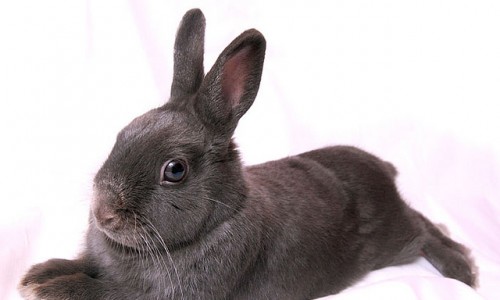
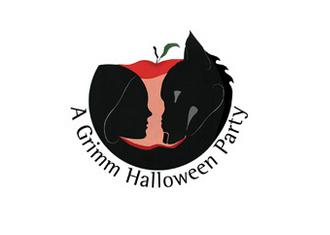

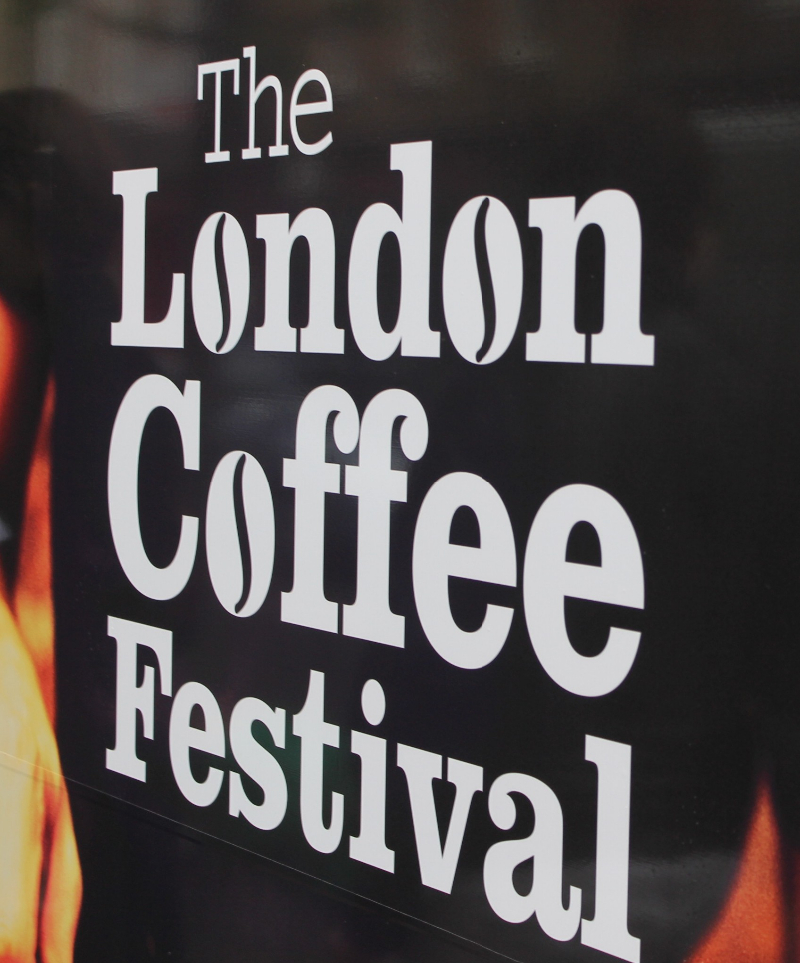
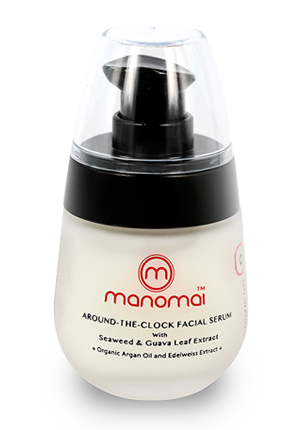
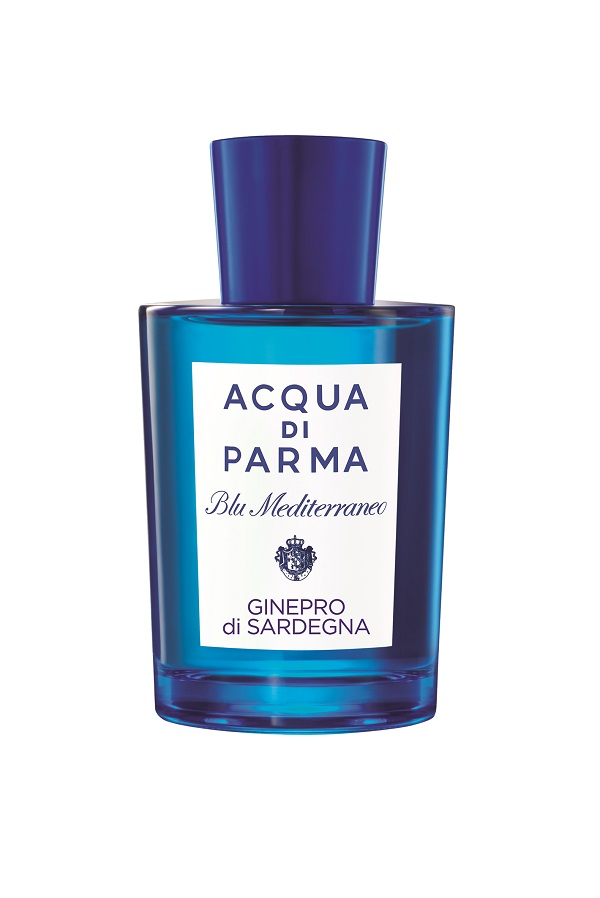
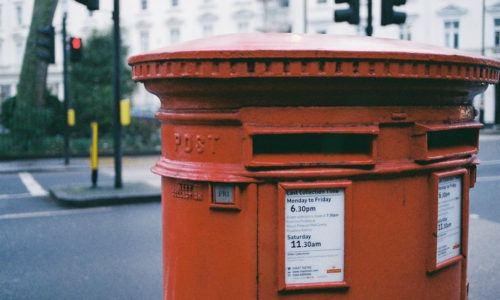




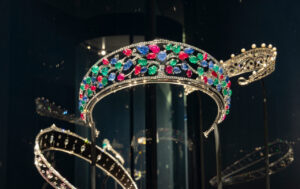
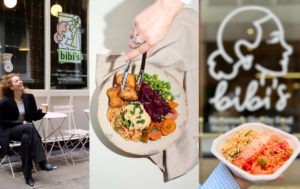


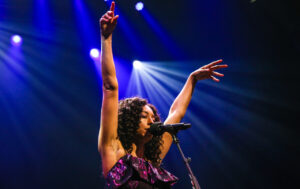
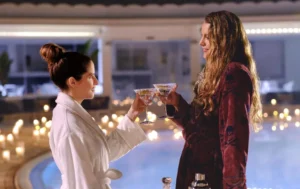


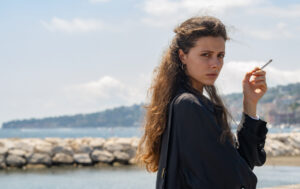


Facebook
Twitter
Instagram
YouTube
RSS